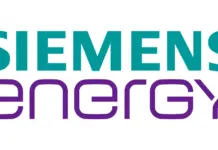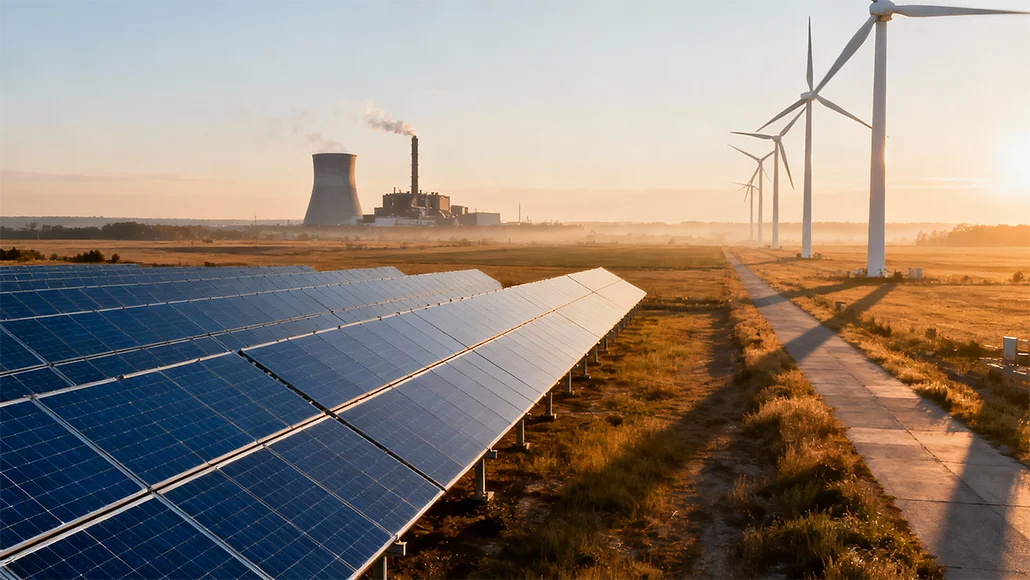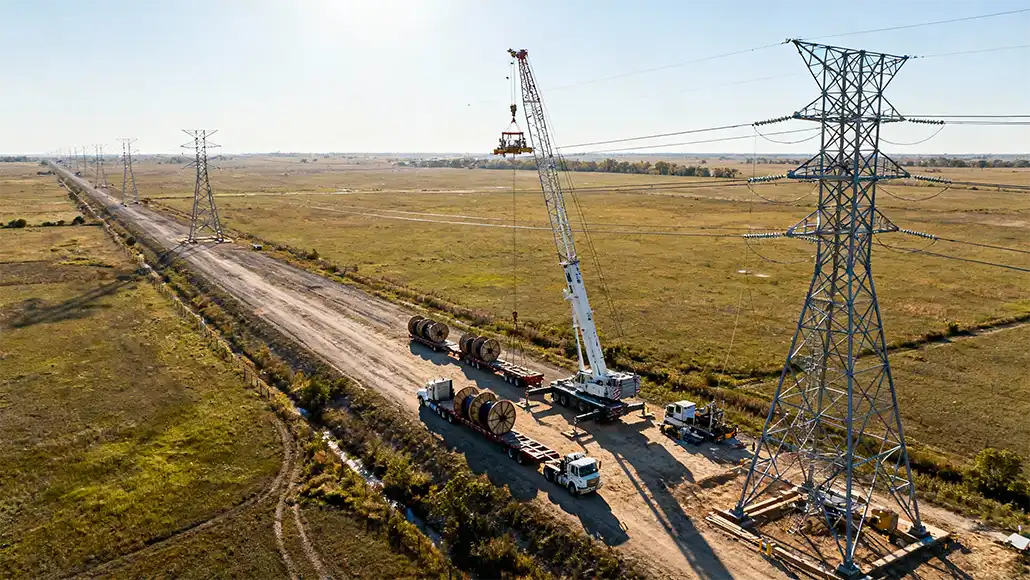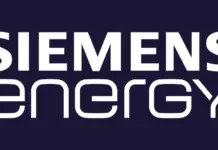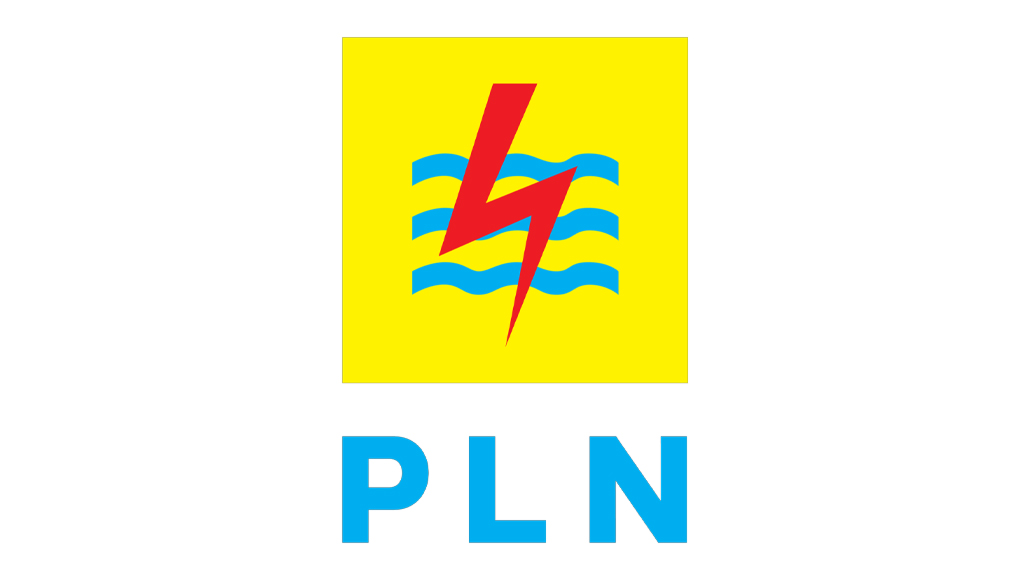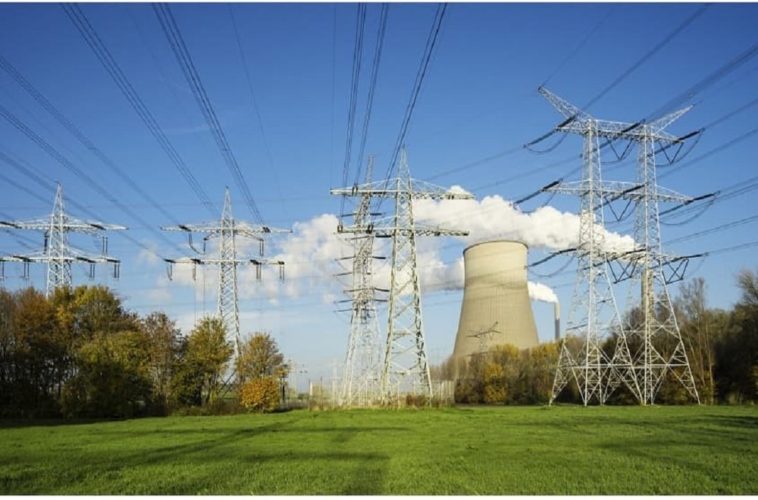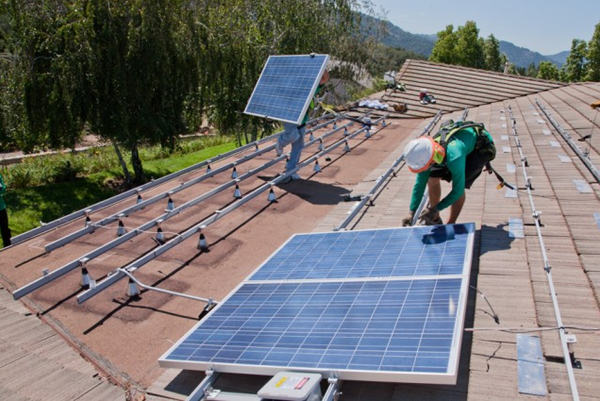On top of new storage-plus-solar deals for businesses, lease-to-own models, and business partnerships, SolarCity has just cooked up a new way for everyday Americans to invest in the solar power it provides.
The country’s biggest solar services firm and its leading installer of rooftop solar systems, SolarCity announced on Wednesday that it’s now offering bonds online to everyday investors, the New York Times reported. Bonds are a form of debt: the purchaser pays the bond seller a fixed amount, then the seller pays back the amount over a pre-determined amount of time (maturity) along with interest. It’s a way for a company to build up capital to finance future expansions, particularly in its start-up years. SolarCity’s bonds will be sold in $1,000 increments, and will be available to any U.S. citizen, 18 or older, with a domestic bank account. The bonds will mature in one, two, three, or seven years, and will offer interest rates between two and four percent.
The company has already raised $575 million through the traditional bond market, which is generally only available to wealthy and institutional investors, and is run through middlemen in the financial services industry. Mosaic is the only other solar company to use similar “crowdfunding” structures to finance individual projects on the small- and medium-scale. But unlike SolarCity it doesn’t install the arrays itself, and it only just recently began moving into the residential solar market.
“We’re similar to crowdfunding in that we’re doing this directly through our own online platform with no fees to purchase,” said Tim Newell, the vice-president of financial products at SolarCity. “We don’t look to earn revenue from the sales of the bonds.”
SolarCity will handle the bond sales and the paperwork through its own website, and the plan is to offer $200 million worth of bonds initially, but expects to make additional offerings on a fairly regular basis in the future. The company will also pay back the bonds using the monthly electricity payments from its solar customers. “The big innovation in this announcement is not solar-specific; it’s the offering of simple, attractive corporate bonds to the general public,” observed Shayle Kann, the vice-president of Greentech Media, a renewable technology research outfit. “The fact that these are ‘solar bonds,’ meaning bonds backed by SolarCity’s revenue streams, is just icing on the cake.”
“By expanding the pool of people who can participate in financing solar with us, we’re diversifying our sources of capital,” Newell added. “That also makes us more resilient in any economic environment and over time should help us be able to have the lowest cost of capital.”
The new direct-to-consumer bonds are admittedly smaller and come with lower rates than the bonds SolarCity has sold in the traditional market. The latter offered longer maturities and interest rates at 4.03 percent or even 4.59 percent.
But in a national and global financial market that’s still seen as somewhat uncertain when it comes to renewable power, direct-to-consumer models, crowdfunding, and other forms of financial innovation have emerge as useful — even crucial — tools in building up green power capacity, either at the level of utilities or for the individual homeowner. “If you look at the task we have to overcome in transforming the energy infrastructure, it’s a massive task,” SolarCity CEO’s Lyndon Rive also said. “We need to deploy large amounts of money as fast as humanly possible… One of our biggest tasks is raising awareness and helping people understand that solar is not a 10-year investment with minimal payback.”
By giving everyday investors a stake in the energy source, solar bonds can also serve as an implicit marketing program or awareness-raiser for solar power and green policy. “If you have some skin in the game, then you’re going to want [solar] to succeed in the same way as when you invest in a stock, you want that stock to be successful,” Amy Davidsen, the U.S. executive director of The Climate Group, a non-profit organization that seeks to promote clean energy technology, told The Guardian. “This will include supporting policies to help support clean energy.”
A similar dynamic has played out in Germany, where citizens locally own about half of the country’s renewable power capacity, meaning they benefit from the returns on the investment. That’s kept support high for Germany’s green energy policies, even as they’ve arguably helped contribute to high residential electricity bills, thanks to some quixotic design choices. SolarCity’s situation is a bit different — its raising capital to install solar systems, as opposed to offering ownership in the systems themselves — but the end effect of giving the bond customer a personal stake in the social and economic fate of renewable power more broadly.
Over the long haul, SolarCity hopes the bonds will become a “significant part of our financing strategy,” according to Newell. But, he added, “this is new –- no one has done this before — and we’re going to have to see how it proceeds.”







